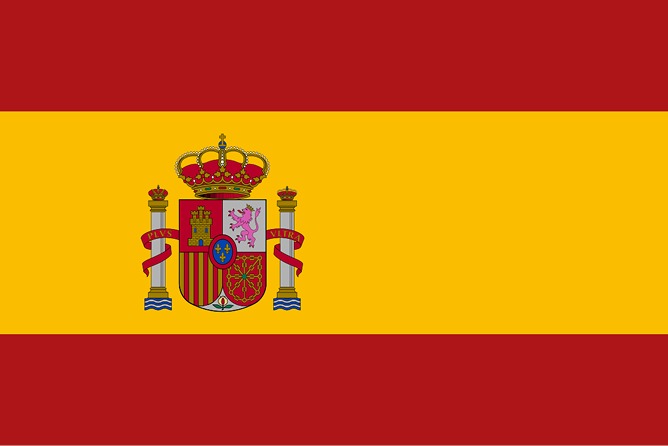Não conseguimos encontrar a internet
Tentando reconectar
Algo deu errado!
Aguarde enquanto voltamos ao normal
Logging impacts and prospects for sustainable forest management in an old Amazonian frontier: The case of Paragominas
01/12/92| Título | Logging impacts and prospects for sustainable forest management in an old Amazonian frontier: The case of Paragominas |
|---|---|
| Autores | Adalberto Verissimo (a) Paulo Barreto (a) Marli Mattos (a) Ricardo Tarifa (a) Christopher Uhl (b) |
| Vinculação dos autores | (a) Instituto do Homem e Meio Ambiente da Amazônia (Imazon) - Belém (PA), Brasil (b) Biology Department, The Pennsylvania State University, University Park, PA 16802, USA |
| Ano de publicação | 1992 |
| Meio de publicação | Forest Ecology and Management (Volume 55, Issues 1-4, December 1992, Pages 169-199) |
| DOI (Digital Object Identifier) | https://doi.org/10.1016/0378-1127(92)90099-UU) |
Abstract
The Brazilian wood industry is highly mobile. Over the past 20 years the eastern Amazon developed from a logging backwater to the principal hardwood processing center in Brazil. This occurred because of a decline in hardwood stocks in the south of Brazil coupled with the development of good transport, energy, and communications systems in eastern Amazonia.
We studied the structure and economy of the wood industry along a 340 km stretch of the Bélem-Brasília Highway in eastern Amazonia. Of the 238 sawmills present in this study region in late 1989, 79% were installed in the 1980s. Ninety-seven percent of the mill owners came from outside Amazonia. Most (63%) of the mill establishments were vertically integrated, engaging in both forest mill processing and forest logging.
Logging establishments realize substantial profits. A typical sawmill with one band saw produces, on average, 4300 m3 of sawnwood year−1 from 9200 m3 of roundwood. The value of this sawn production is estimated at $670 800 or $156 m−3. Production costs are $116 m−3 giving an annual mill profit of $170 000. For firms engaged in both logging and processing activities, annual profits were estimated at $217 000 (profit margin, 32%) or $900 ha−1 logged.
An average of six trees were harvested per hectare in logging operations (n = 3 study areas) and the volume yield averaged 38 m3 ha−1. Damages to the forest during logging are significant. Twenty-seven trees greater than or equal to 10 cm dbh are severely damaged for each tree harvested. This damage occurs in the opening of approximately 40 m of logging road and 600 m2 of canopy per tree harvested. Vines are favored by these open conditions and forest fires are possible.
Forest management is technically feasible but economically unattractive. Natural regeneration is abundant on logged sites: 4300 seedlings and saplings of economic species were registered per hectare. Stocking of larger trees of economic species with good form is also adequate: 16 trees ha−1 greater than or equal to 30 cm dbh. This residual stock could be favored by vine cutting and refinement thinnings at an estimated cost of $180 ha−1. Although these treatments result in increased growth rates, the projected return on management investments is low. Nonetheless, given the robust profits in the wood sector, profit margins would remain well above 20% if management were mandated by law.
At present the biggest impediment to forest management in the eastern Amazon is the undervaluing of the timber resource. Ranchers, who own most forest land, sell harvest rights to loggers at low prices −$50–$150 ha−1. After the logging teams extract the timber, these same ranchers are left with badly damaged forest tracts. With careful extraction and management procedures, harvests could be accomplished on a 30- to 40-year rotation and forest integrity could be maintained. Ranchers, insofar as they control the forest resource, have the power to guarantee its wise use. They could do this by supervising harvest operations on their lands to reduce damage and by raising the price of their timber and using this additional revenue to finance simple silvicultural operations.
 PT
PT
 ES
ES
 EN
EN

